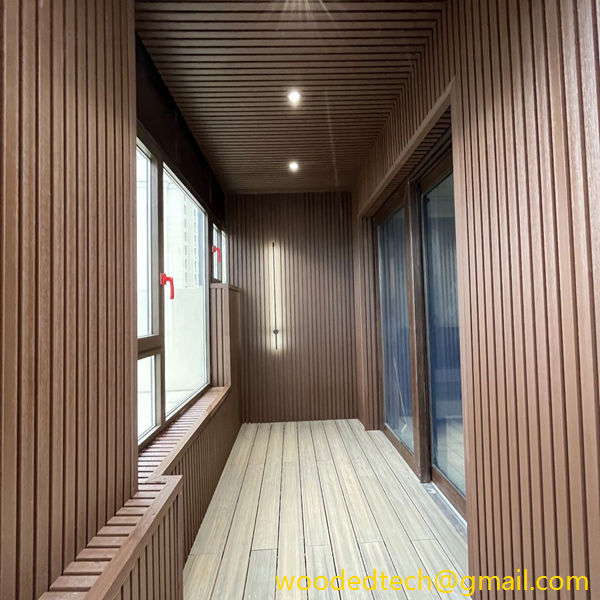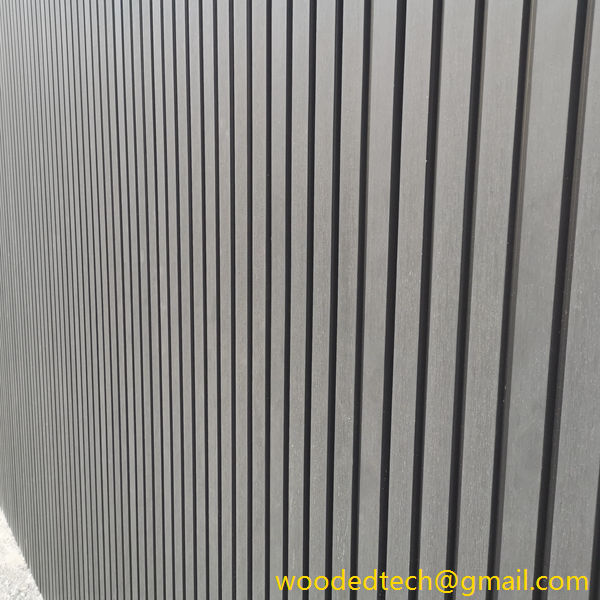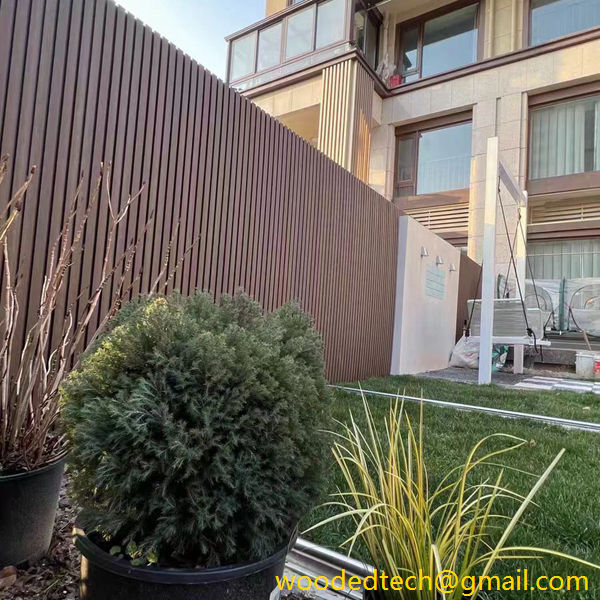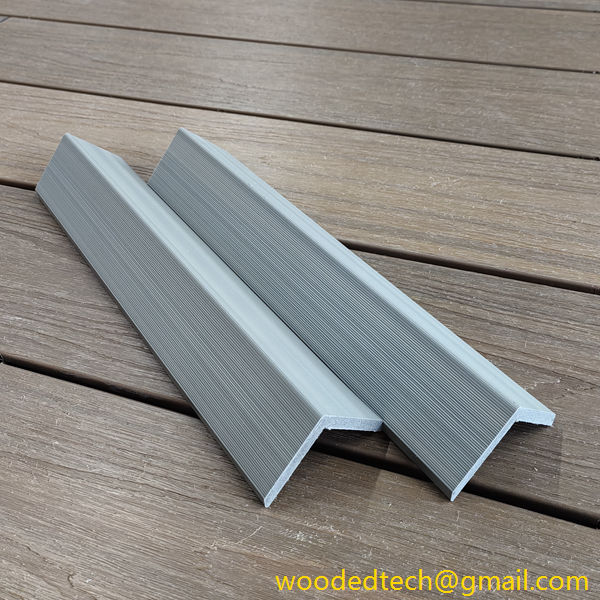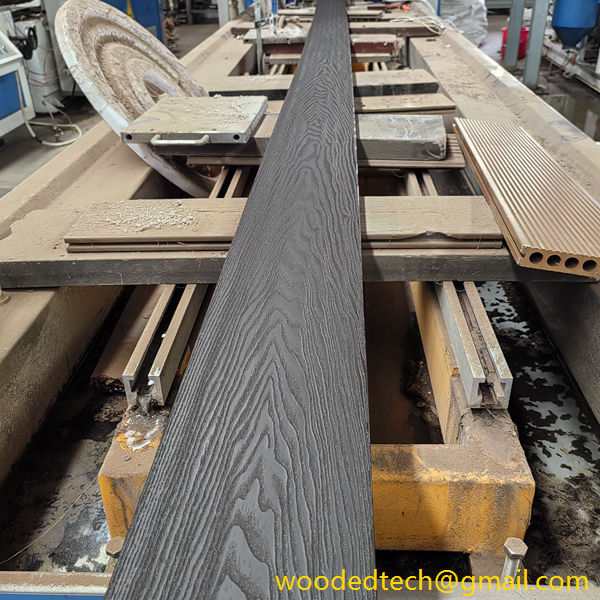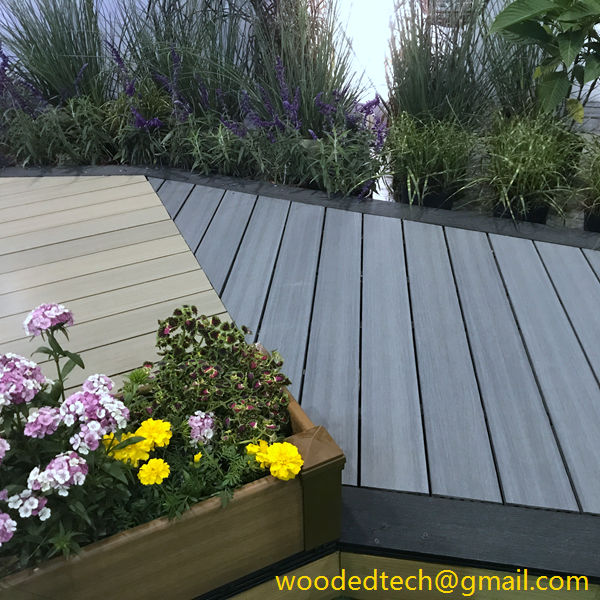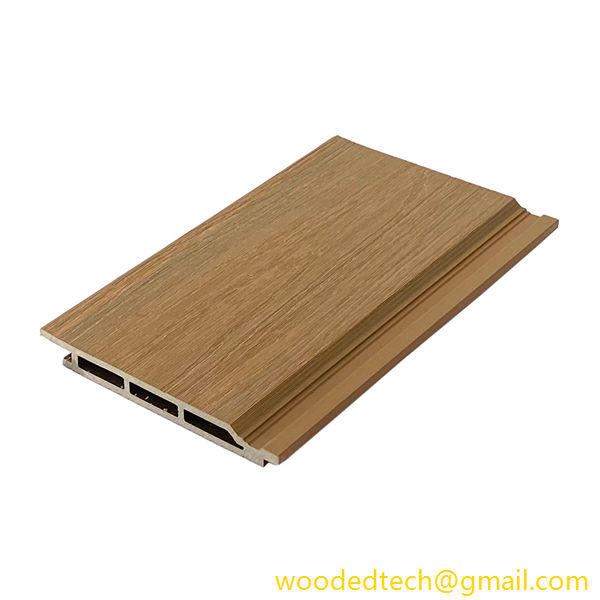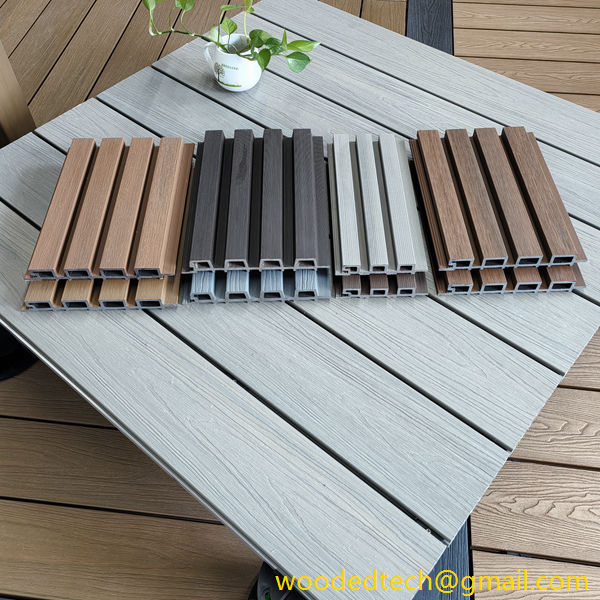Kreative WPC-Wandpaneel-Wanddesign-Ideen für Innenräume
Kreative WPC-Wandpaneel-Wandgestaltungsideen für Innenräume In den letzten Jahren ist die Nachfrage nach innovativen und nachhaltigen Lösungen für die Innenraumgestaltung sprunghaft angestiegen, was zu einer Verlagerung hin zur Verwendung alternativer Materialien geführt hat. Ein solches Material, das sich großer Beliebtheit erfreut, ist Wood Plastic Composite (WPC). WPC kombiniert die besten Eigenschaften von Holz und Kunststoff,...
Kreative WPC-Wandpaneel-Wanddesign-Ideen für Innenräume
In recent years, the demand for innovative and sustainable interior design solutions has surged, prompting a shift towards the use of alternative materials. One such material that has gained immense popularity is Wood Plastic Composite (WPC). WPC combines the best features of both wood and plastic, resulting in a versatile and durable product that is particularly well-suited for wall paneling. This article explores creative WPC wall panel design ideas for interiors while highlighting the cost advantages of production areas in China.
WPC wall panels are increasingly favored in both residential and commercial spaces due to their unique properties. They are resistant to moisture, decay, and pests, making them ideal for areas prone to high humidity, such as bathrooms and kitchens. Moreover, WPC panels are easy to maintain and can withstand the test of time without losing their aesthetic appeal. The combination of these features makes WPC an attractive choice for homeowners and interior designers alike.
One of the most compelling reasons for the widespread adoption of WPC wall panels is their cost-effectiveness. China, as a leading manufacturer of WPC products, has established itself as a powerhouse in the production of these materials. The cost advantages associated with China’s production areas are significant, stemming from several factors that contribute to lower manufacturing costs.
Firstly, China’s vast manufacturing infrastructure allows for economies of scale. With numerous factories operating at full capacity, the production costs per unit decrease significantly. This enables manufacturers to offer competitive pricing while maintaining quality. Additionally, the availability of raw materials is abundant in China, further reducing costs associated with sourcing. The country has established supply chains that ensure a steady flow of wood fibers and plastic materials, which are essential for producing WPC.
Furthermore, the labor cost in China is generally lower than in many Western countries. This cost advantage translates into reduced production costs for WPC wall panels. Skilled labor is available at a fraction of the cost compared to labor in more developed economies. This allows manufacturers to allocate resources to enhance the quality of their products, invest in advanced technology, and improve production efficiency.
The affordability of WPC wall panels manufactured in China opens up a world of design possibilities for interior spaces. One creative idea is to use WPC wall panels to create an accent wall in living rooms or bedrooms. By choosing panels with unique textures and colors, homeowners can add depth and character to their interior spaces. For instance, a dark wood finish can create a warm and inviting atmosphere, while lighter shades can make a room feel more spacious and airy.
Another innovative design idea involves the use of WPC panels to create a modern, sleek look in kitchens. By installing WPC wall panels as a backsplash, homeowners can achieve a waterproof and easy-to-clean surface that complements the kitchen’s overall design. The versatility of WPC allows for various finishes, from glossy to matte, providing ample options to match different kitchen styles.
In commercial spaces, WPC wall panels can play a significant role in branding and creating a unique customer experience. Retail stores can utilize WPC panels to create eye-catching displays or feature walls that showcase their products. For example, a clothing store might use WPC panels with a rustic finish to convey a sense of warmth and authenticity, attracting customers looking for a unique shopping experience.
Moreover, WPC wall panels can also be employed in office interiors to enhance the work environment. Creating a biophilic design, which integrates natural elements into the workspace, can improve employee well-being and productivity. By using WPC panels that mimic natural wood textures, companies can foster a calming atmosphere that promotes creativity and collaboration among team members.
Additionally, WPC panels can be painted or customized to meet specific design requirements. This adaptability allows interior designers to push creative boundaries and implement unique design ideas that reflect the personality of the space. For instance, WPC panels can be used to create geometric patterns or even murals, transforming plain walls into stunning focal points.
As sustainability becomes an increasingly important consideration in interior design, WPC wall panels hold an advantage due to their eco-friendly properties. WPC is often made from recycled materials, reducing the need for new timber and minimizing environmental impact. This aligns with the growing trend of sustainable design, appealing to environmentally conscious consumers.
In conclusion, WPC wall panels are an excellent choice for interior design due to their durability, low maintenance, and aesthetic versatility. The cost advantages of WPC production in China have made these materials accessible to a broader audience, allowing for creative design possibilities in both residential and commercial spaces. From accent walls to modern kitchen backsplashes, the use of WPC panels can elevate any interior while contributing to a more sustainable future. As the demand for innovative design solutions continues to grow, WPC wall panels are poised to remain at the forefront of interior design trends.

